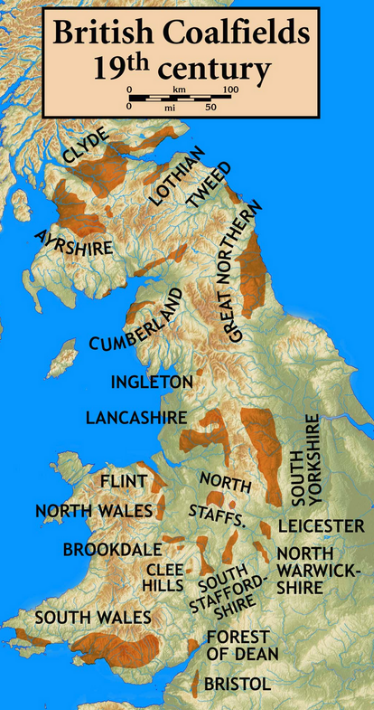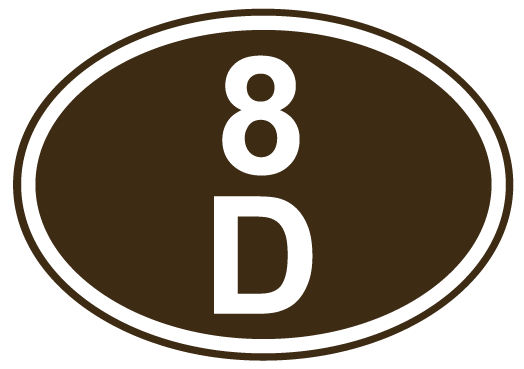
8D ASSOCIATION
The 8D Association is dedicated to promoting the history of the railways of South Lancashire, Merseyside and North Cheshire.
The Lancashire Coalfield.
Shallow seams and small outcrops of this vast coalfield have been mined from the Middle Ages, 5th to 15th Century. Although the coal mined was of a poor quality it was mainly used in small scale industrial processes and not as a domestic fuel. With the Industrial Revolution starting in the 1700’s the demand for coal for industrial use was set to rocket.
There was a demand for a new type of transport and in the mid 1700’s canals were seen as the answer. With the opening of the Sankey Canal in 1755 large amounts of coal could be conveyed from mine to factory or to the docks for export. Although the canals had revolutionised the bulk movement of raw and finished materials they did have their limitations. The coming of the railways signalled a new era in the shipment of large amounts of coal from the Lancashire Coalfield it was found the railways could be relied upon to transport this valuable cargo whatever the weather and at a cheaper rate than most of the canals.

The British Coalfields in 1904.
The Coal-Mining industry of the U.K.
R.A.S. Redmayne 1904 ‘The Engineering Magazine’.
By 1907 the Lancashire Coalfield was at its most productive with 358 collieries producing 26 million tons of coal. Over the next half century many of the smaller collieries would close and by nationalisation in 1947 there were only 86 operational sites many if not all despatching their coal by rail. Within the St Helens area there were 22 operational collieries in 1947 but within 20 years many would be closed due to being exhausted or unrenumerative. The St Helens area would see the final deep mine sunk from 1957 at Parkside, Newton Le Willows, the colliery opening on 31st March 1964. The colliery was said to have around 100 million tons of coal available but would be closed within 30 years without exhausting its underground reserves.
There were many collieries within the 8D area mostly all rail connected and within the next few pages we shall try to look at the locomotives that worked the internal rail systems and the operation of main line trains from the mines.
